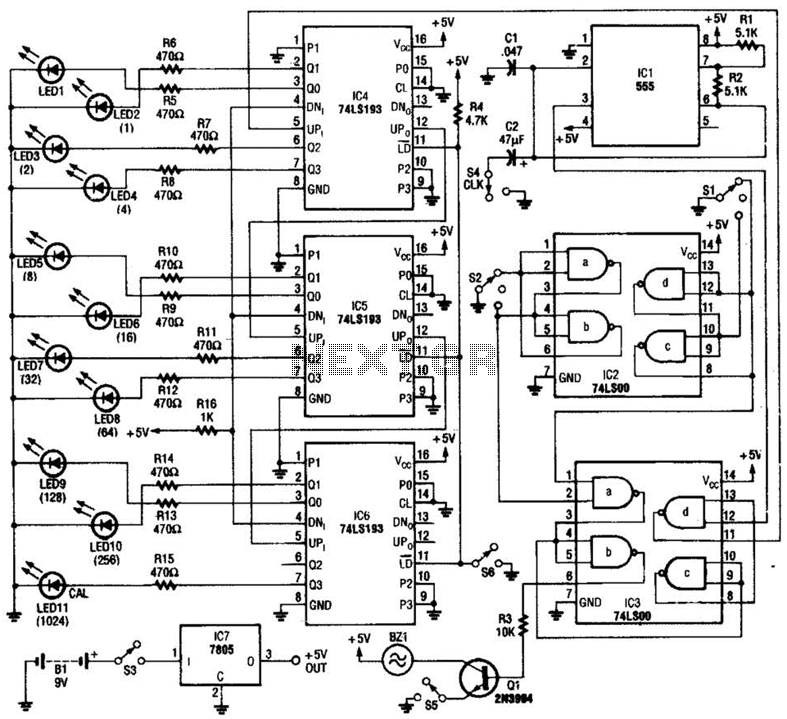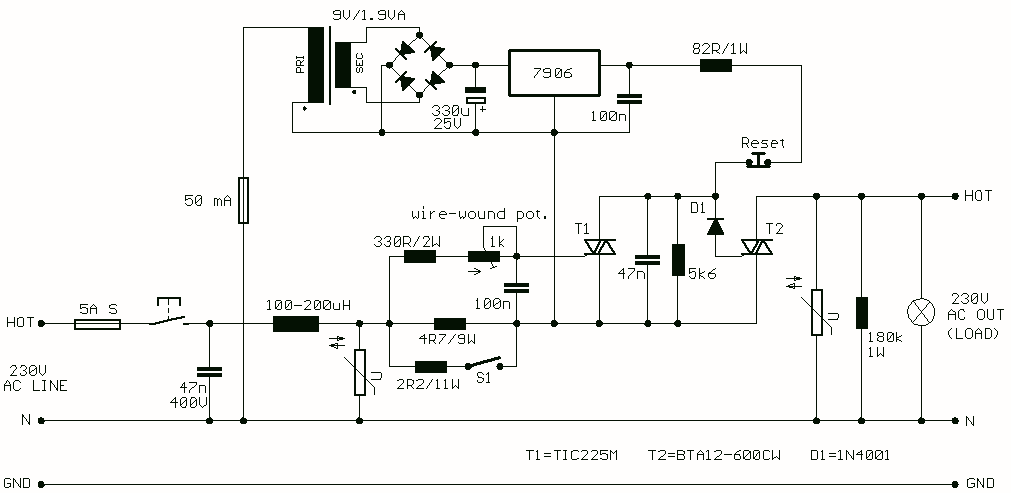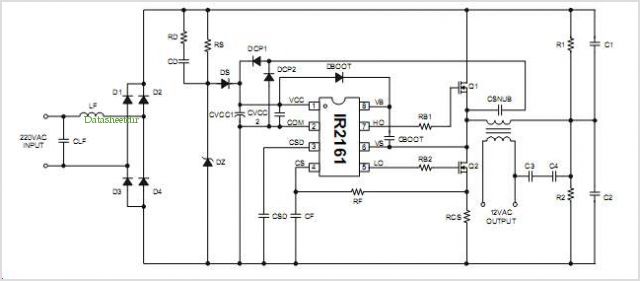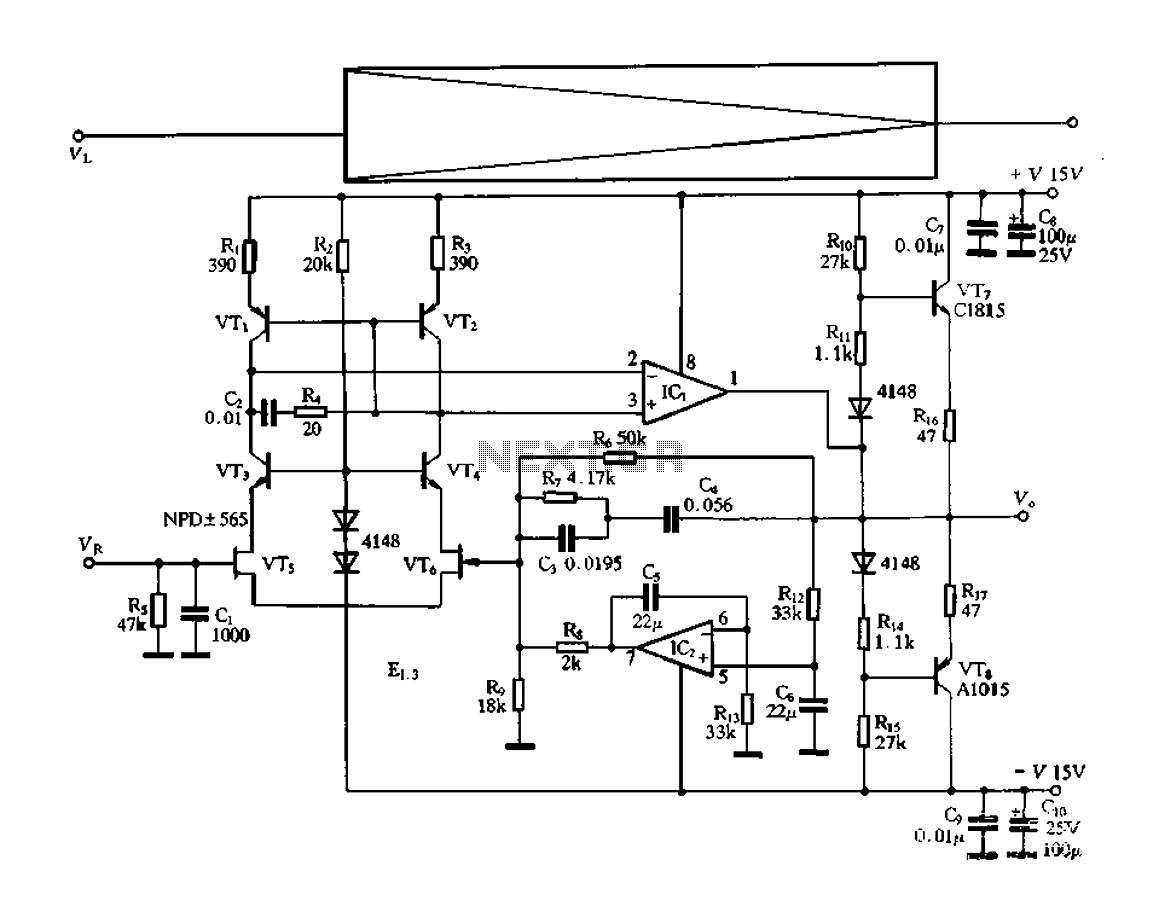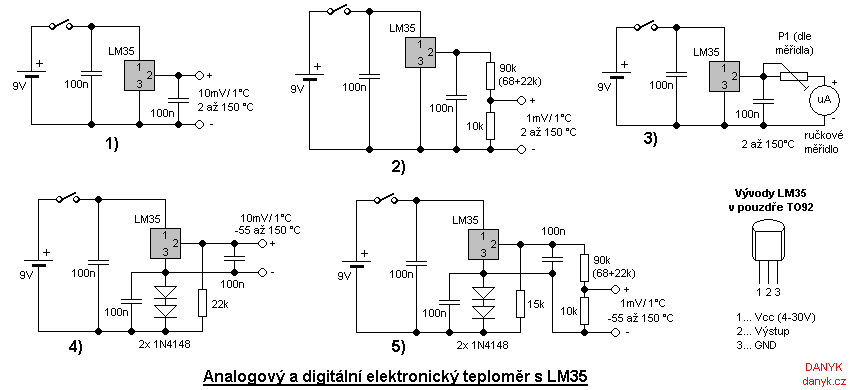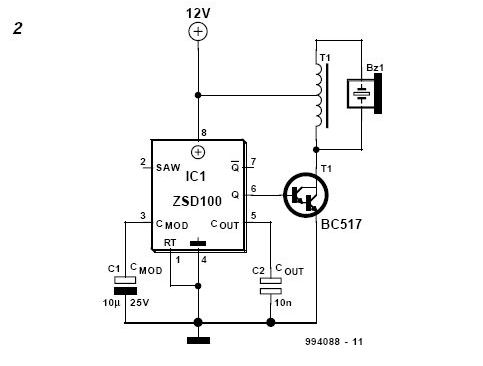
Electronic Tachometer
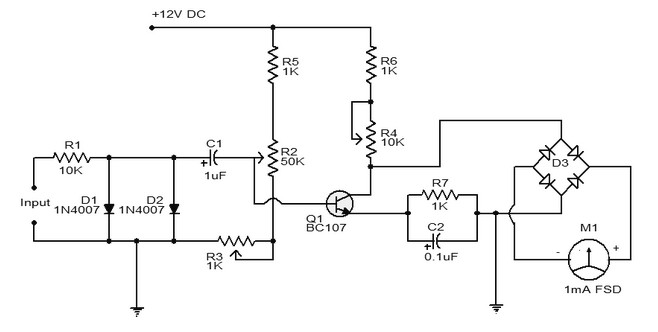
A simple tachometer schematic is presented. It utilizes a frequency converter circuit that transforms the input signal into a proportional current, which is then measured by a pointer device. The deflection of the milliammeter is proportional to the frequency of the input signal.
The tachometer circuit operates by receiving an input signal, typically in the form of pulses generated by a rotating object. The frequency converter circuit is designed to convert this input frequency into a corresponding current. This is achieved through the use of components such as resistors, capacitors, and operational amplifiers that work together to create a linear relationship between the input frequency and the output current.
The output current is then directed to a milliammeter, which serves as the display element of the tachometer. The milliammeter is calibrated to show the frequency of the input signal directly, allowing for easy reading and interpretation of the rotational speed. The deflection of the milliammeter needle correlates with the frequency, providing a visual representation of the speed of the rotating object.
To enhance the accuracy and responsiveness of the tachometer, additional features may be incorporated, such as filtering circuits to eliminate noise from the input signal and voltage regulation to ensure stable operation. The design may also include a zero adjustment mechanism to calibrate the device before use, ensuring that the readings are precise and reliable.
In summary, this simple tachometer schematic effectively demonstrates the conversion of input frequency into a proportional current, which is then displayed on a milliammeter, providing a straightforward yet effective means of measuring rotational speed.Here is a simple Tachometer schematic. The basis of the frequency converter circuit-current, which converts the input signal into a proportional current measured pointer device. Deflection milliammeter proportion to the frequency input sign. 🔗 External reference
The tachometer circuit operates by receiving an input signal, typically in the form of pulses generated by a rotating object. The frequency converter circuit is designed to convert this input frequency into a corresponding current. This is achieved through the use of components such as resistors, capacitors, and operational amplifiers that work together to create a linear relationship between the input frequency and the output current.
The output current is then directed to a milliammeter, which serves as the display element of the tachometer. The milliammeter is calibrated to show the frequency of the input signal directly, allowing for easy reading and interpretation of the rotational speed. The deflection of the milliammeter needle correlates with the frequency, providing a visual representation of the speed of the rotating object.
To enhance the accuracy and responsiveness of the tachometer, additional features may be incorporated, such as filtering circuits to eliminate noise from the input signal and voltage regulation to ensure stable operation. The design may also include a zero adjustment mechanism to calibrate the device before use, ensuring that the readings are precise and reliable.
In summary, this simple tachometer schematic effectively demonstrates the conversion of input frequency into a proportional current, which is then displayed on a milliammeter, providing a straightforward yet effective means of measuring rotational speed.Here is a simple Tachometer schematic. The basis of the frequency converter circuit-current, which converts the input signal into a proportional current measured pointer device. Deflection milliammeter proportion to the frequency input sign. 🔗 External reference
